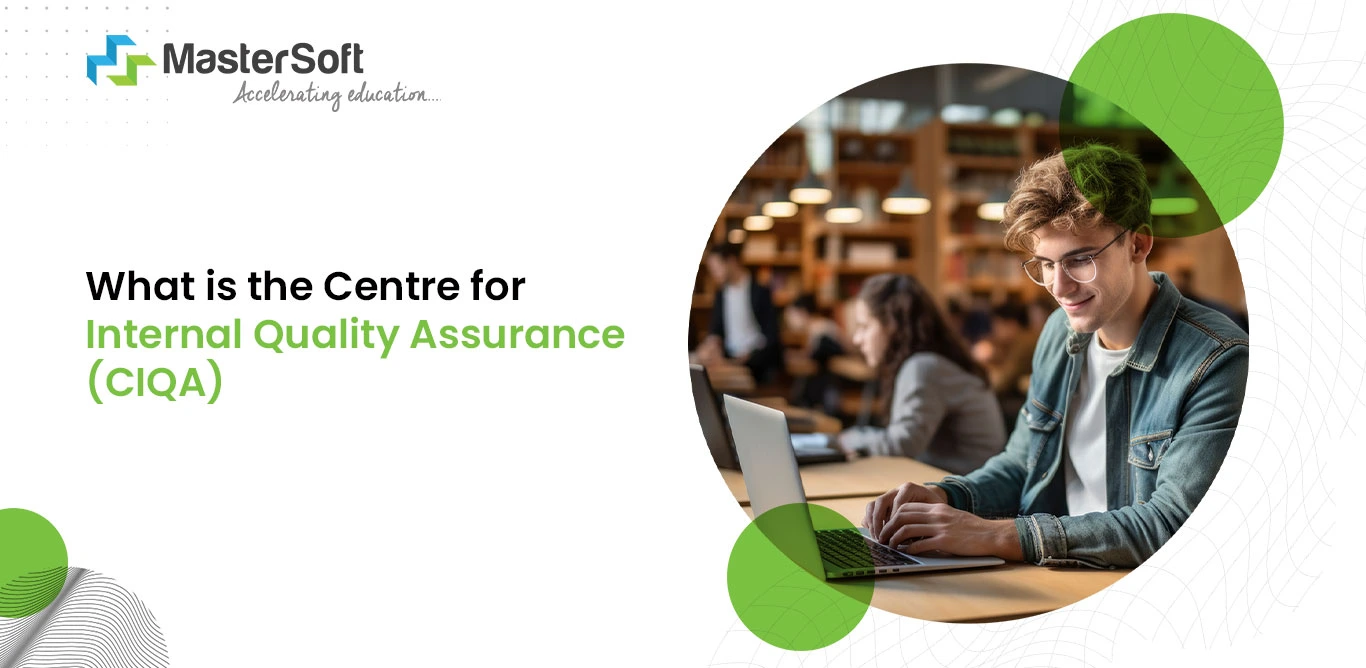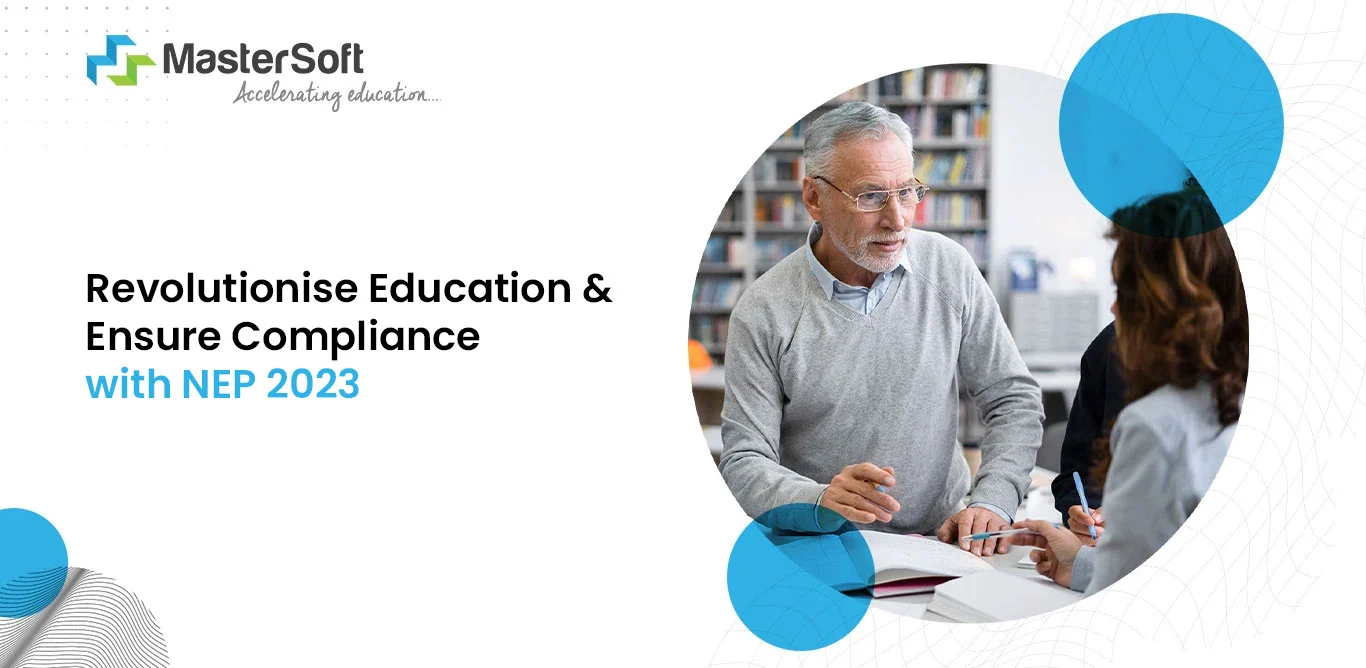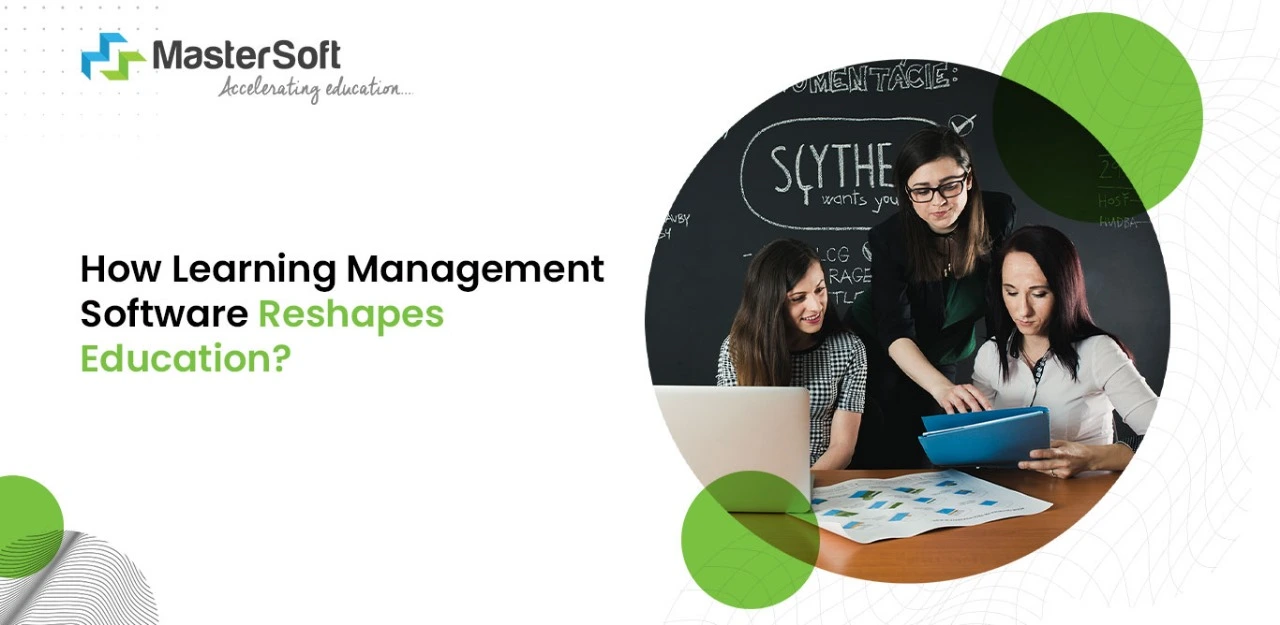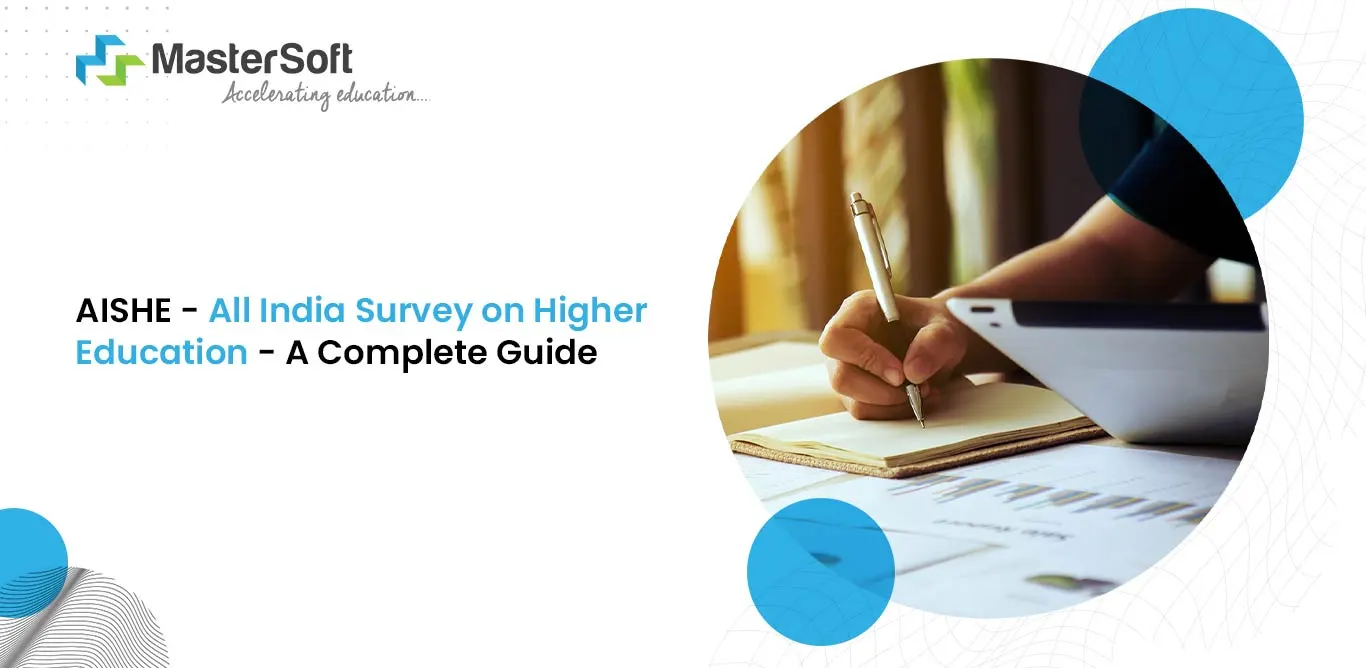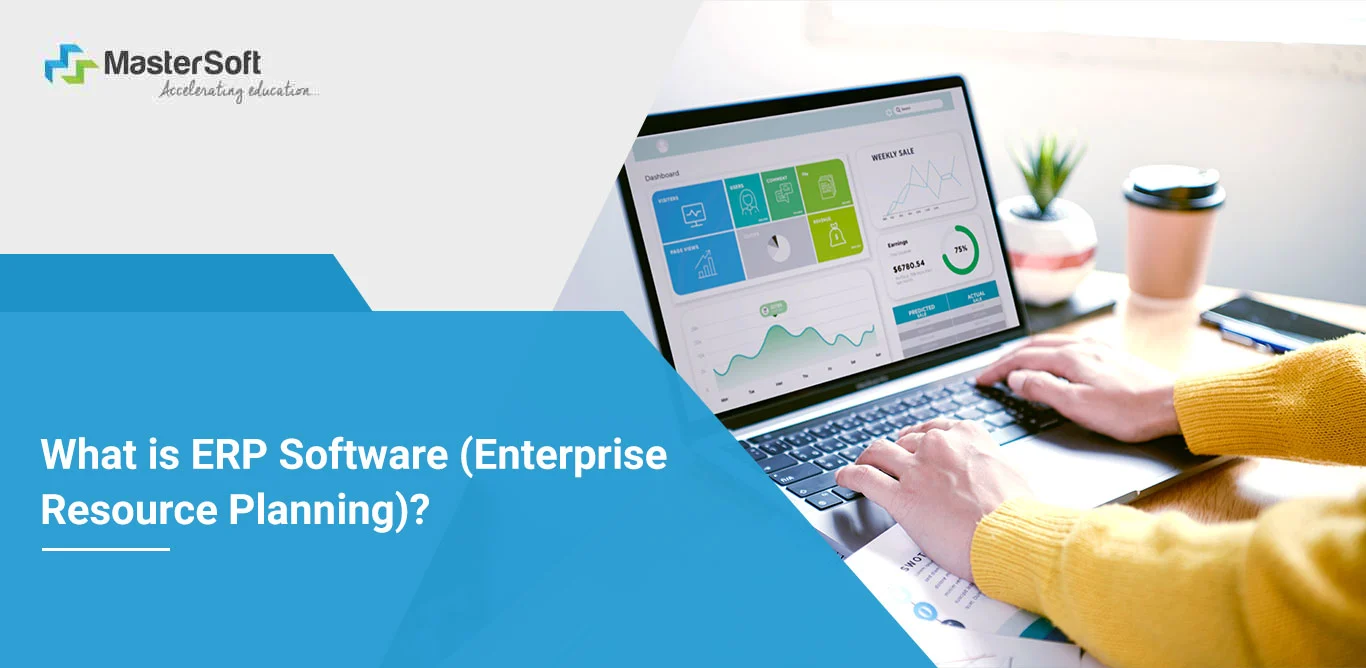01, Feb 2024
Expansion and flexibility are the two most important characteristics that determine the current education system. Furthermore, institutes facilitate the teaching and learning process beyond the traditional classroom sessions.
Online learning, which functions as a supplementary mode of education and training, has gained traction in recent years. Therefore, ERP in higher education has witnessed an increase in demand as it improves decision-making and streamlines core operations.
But who regulates online or distance learning? The Centre for Internal Quality Assurance (CIQA) is a significant part of institutes that ensure quality online and distance education.
Overcoming Challenges In Indian Higher Education
What is CIQA?
The Centre for Internal Quality Assurance (CIQA) is a cell or unit that the institute establishes as a vital and strategic measure to maintain educational quality. Moreover, it will ensure quality sustenance in teaching and learning practices.
Besides, the University Grants Commission and NAAC have recommended setting up the CIQA cell to improve the institute’s systems and operations. A full-time director who’s a senior academician is the superior authority of the cell.
The centre develops mechanisms to facilitate interactions and obtain feedback from an institute’s various divisions, branches, units, and centres. The feedback or input of all stakeholders, including students and employers, provides critical insights.
The centre considers the feedback and implements corrective measures for quality improvement and compliance as prescribed by regulatory bodies.
What Are the Objectives of CIQA?
The primary objective and responsibility of CIQA is to develop and establish a comprehensive and dynamic quality assurance system. It serves to ensure that online and distance learning programmes adhere to a set of criteria and standards.
Centre for Internal Quality Assurance Committee
- Vice Chancellor of the University, Chairperson.
- Three senior teachers of a higher educational institution—members.
- Head of three departments or schools of study offering recognised programmes in open and distance learning and online de.
- Two external experts in open and distance learning and/or online education.
- (Officials from the Administration and Finance departments of the higher educational institution—members.
- Director, Centre for Internal Quality Assurance, Member Secretary.
Functions of the Internal Assurance Committee
- The committee supervises the Centre for Internal Quality Assurance and approves the CIQA reports on the quality assurance system’s effectiveness.
- They facilitate the incorporation of instructional design requirements according to the directives of statutory bodies for different academic programs.
- The committee supports and promotes the automation of learner support services.
- They coordinate with external subject experts, agencies, and organisations to validate and review the institute’s in-house processes.
- To promote collaboration and association for quality enhancement of open and distance learning and online modes of education and research therein.
- They facilitate industry-institution associations, helping to provide exposure to students and improve their employability chances.
Quality monitoring mechanisms
Does the examination system meet the pre-established criteria? How do the operational practices align with the institutional goals? The quality monitoring mechanism answers these and other questions to promote quality assurance.
Besides, there are eight board areas that the quality monitoring mechanisms address, which are as follows:
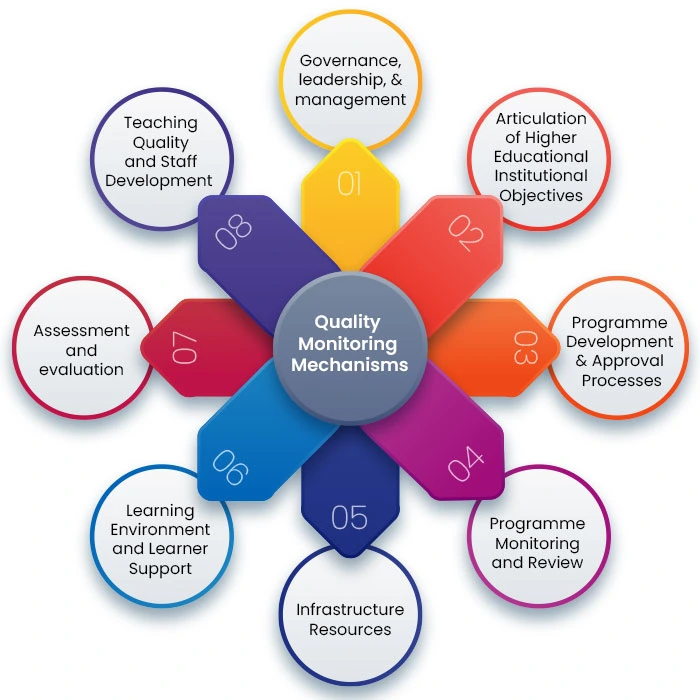
1. Governance, leadership, and management
It relates to the policies, practices, and methodologies that institutes implement for planning, recruitment, human resources, and training. Also, it includes practices related to performance appraisal, financial management, and the overall role of leadership. Some of the crucial aspects are as follows:
- Organisational Structure and Governance: The higher educational institutions (HEIs) must recruit qualified faculty and staff as per the UGC. They must establish a valid and competent governance system.
- Management: The leadership and management should strive to evaluate and assess the organisational culture. Also, their efforts must be in sync to accomplish the institute’s vision, mission, and goals.
- Strategic Planning: The HEIs must execute strategic planning for all their activities, including using appropriate resources. For instance, they can use CCMS to accelerate various administrative operations and improve overall functionality.
- Operational Plan, Goals, and Policies: Having well-defined, measurable, and realistic goals is an essential part of organisational governance. Also, HEIs must communicate clearly defined policies that are in sync with the strategic plans.
2. Articulation of Higher Educational Institutional Objectives
The higher educational institution must determine a clear mission, vision, ethos, and broad strategy that aligns with the programme objectives.
3. Programme Development and Approval Processes
This area covers programme development and approval mechanisms for the programmes that the institute will launch and includes the following aspects:
- Curriculum Planning, Design, and Development: Well-organised strategies, processes, and systems must be in place to carry out curriculum planning, design, and development.
- Curriculum Implementation: Institutes must map out the curriculum implementation plan to identify the specific components. Besides, implementation plans contribute to the programme’s effectiveness.
- Academic Flexibility: Institutes must adopt proper strategies to impart academic flexibility, which includes freedom in the use of the course’s time frame. Furthermore, it relates to vertical mobility and inter-disciplinary transactions in terms of curricular transactions.
- Learning Resources: High-quality self-learning materials (SLMs) for open and distance learning modes and e-learning material must be a top priority. Furthermore, while planning the instructional packages, institutes must consider various factors.
- For instance, the technology used must match the course contents to enhance and expand learning. Also, it must match the learner’s needs, and it must be accessible, practical, equitable, and cost-effective for the learners.
- Feedback System: Institutes must redesign and revise the curricula based on the stakeholder’s feedback. Simultaneously, they should revise it with regard to its relevance and appropriateness in meeting the needs of the economy, society, and environment.
AISHE - All India Survey On Higher Education
4. Programme Monitoring and Review
Planning and conducting a programme monitoring and review system is essential to executing periodic internal reviews and regulating programme quality. That is where ERP in higher education proves to be vital, as it provides various tools for assessments.
Therefore, institutes can use the tools to carry out formative assessments and track the learning outcomes.
5. Infrastructure Resources
Institutes must adopt modern systems to generate data on the adequacy and optimal use of the facilities, including physical facilities, libraries, and e-libraries. At the same time, they must incorporate information and communication technology to support modern educational practices.
6. Learning Environment and Learner Support
Appropriate learner support services, including academic counselling and library services, should be available for instance, open, and online learners. Strategic use of technology should facilitate a learner-centric environment.
7. Assessment and evaluation
There are various assessment tools, such as MCQs (Multiple Choice Questions), projects, reports, case studies, presentations, and term-end examinations. Furthermore, different types of assessments must cater to the learning outcomes of the course elements.
8. Teaching Quality and Staff Development
Continuous development opportunities for teachers must be one of the vital tasks of the institutes. Therefore, they should facilitate capacity-building workshops and interactive teaching and learning programmes.
Furthermore, they can conduct staff development activities, enabling faculty to continuously enhance their teaching and learning.
Quality Audit Process
1. Academic Planning: The HEIs should develop well-established academic plans to ensure that programmes are relevant to the national economy. Furthermore, it should reflect the institute’s strategic direction and offer a high-quality learning experience.
2. Validation: They should establish mechanisms to ensure the academic programme’s viability. Also, they should have well-defined standards, helping to provide the best opportunities for students to learn.
3. Monitoring, Evaluation, and Enhancement Plans: Institutes must deliver high-quality open and distance learning programmes and online programmes. Moreover, they must ensure continuous quality improvements and should generate the following data:
Reports from Learner Support Centres (for Open and Distance Learning Programmes): It is vital to obtain reports of academic and other related activities concerning academic planning, counselling, learner support, etc.
They can use tools like CCMS to streamline these reports and collect them periodically, offering them real-time insights into the core functions.
1. Examination Centres: Obtaining reports of examinations in open, distance, and online modes and reports of proctors of all exams is important. In fact, collecting examination-related reports helps to evaluate the efficiency of the exams.
2. External Auditor or Other External Agencies Reports: When external auditors make comments and recommendations, institutes must consider them and implement appropriate changes.
3. Systematic Consideration of Performance Data at Programme, Faculty, and Higher Educational Institution Levels:
National Education Policy 2020 - Make Your Institute Ready For NEP-2020
HEIs must provide easy access to performance monitoring information, including course pass rates, learner entry profiles, progression reports, and achievement reports. Therefore, stakeholders would be able to retrieve these reports through a web-based application.
- Reporting and Analytics by the Higher Educational Institutes Universities can generate required reports using applications like CCMS, helping to analyse learners. Also, they can use academic analytics to make better decisions and improvements for enhanced performance.
- Periodic Review: They need to establish a well-structured and effective system to collect stakeholders’ feedback to improve the programmes. Also, it is equally essential to conduct self-assessments regularly to improve institutional processes, systems, etc.
Let’s wrap it up,
The Centre for Internal Quality Assurance (CIQA) is a quality assurance authoritative unit that ensures the compliance of norms and guidelines by UGC and NAAC. It develops various benchmarks and standards for various academic and administrative activities. Additionally, it provides self-evaluative and reflective actions for the improvement of open, distance, and online programmes.
The Future Is Here: Next-Generation Solutions for Higher Education
Mobile: 08448010216
Email:info@mastersofterp.com

